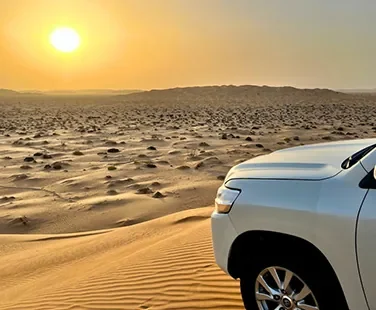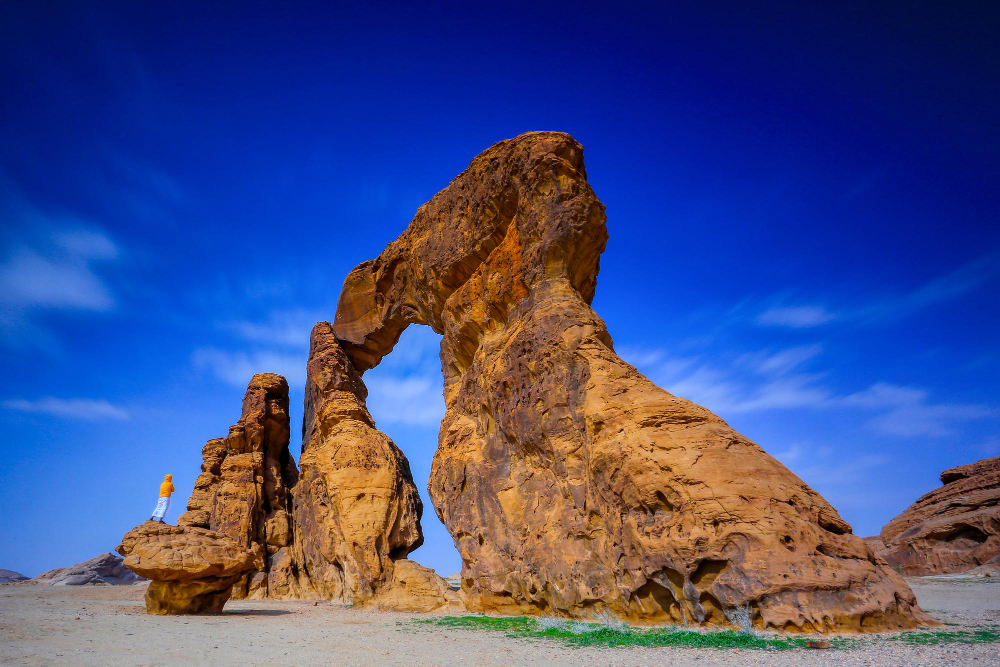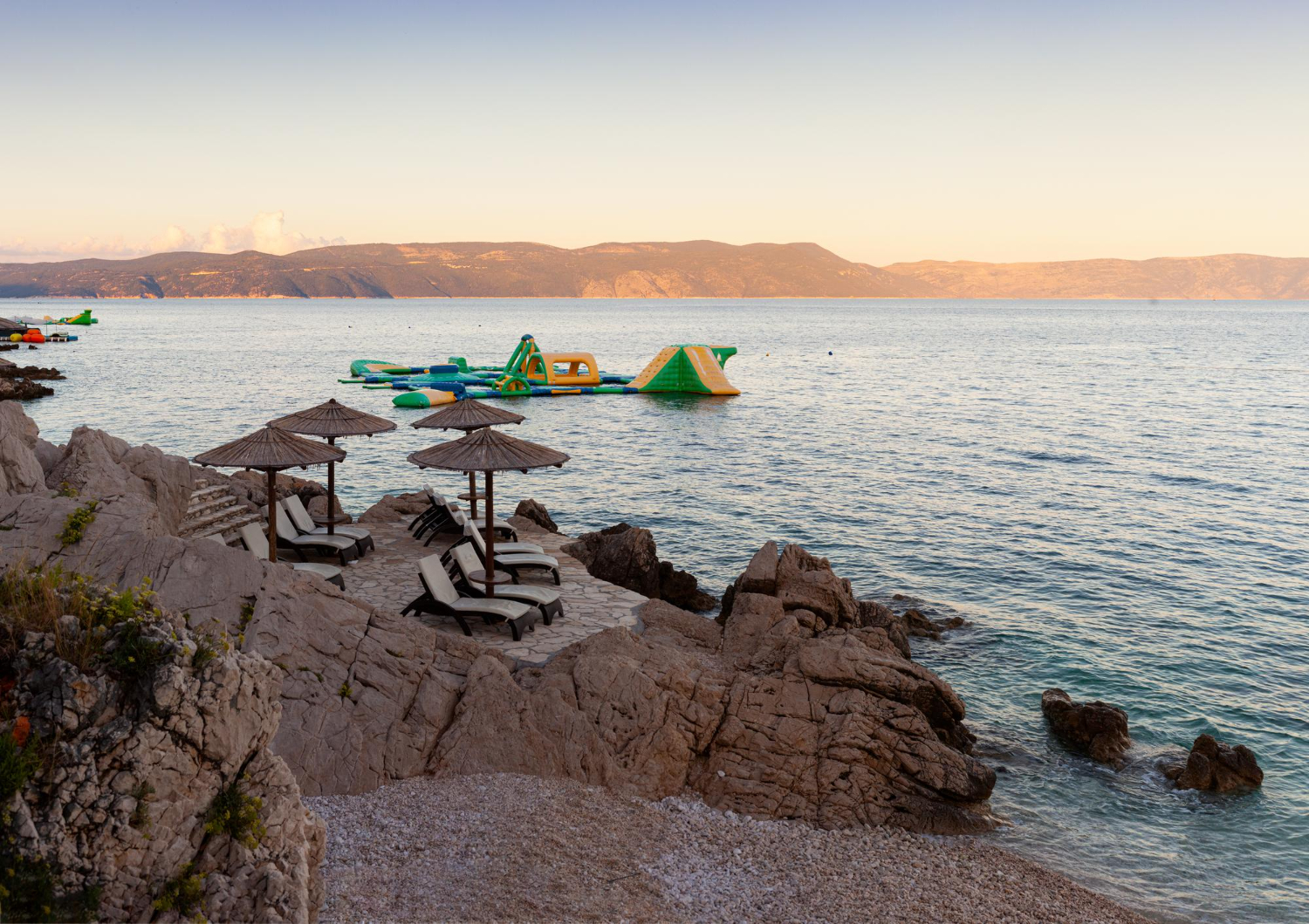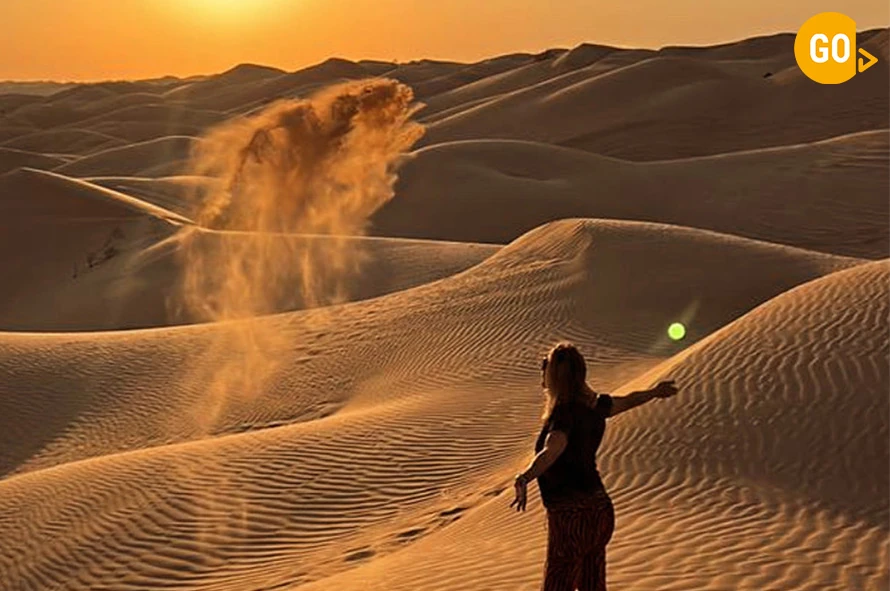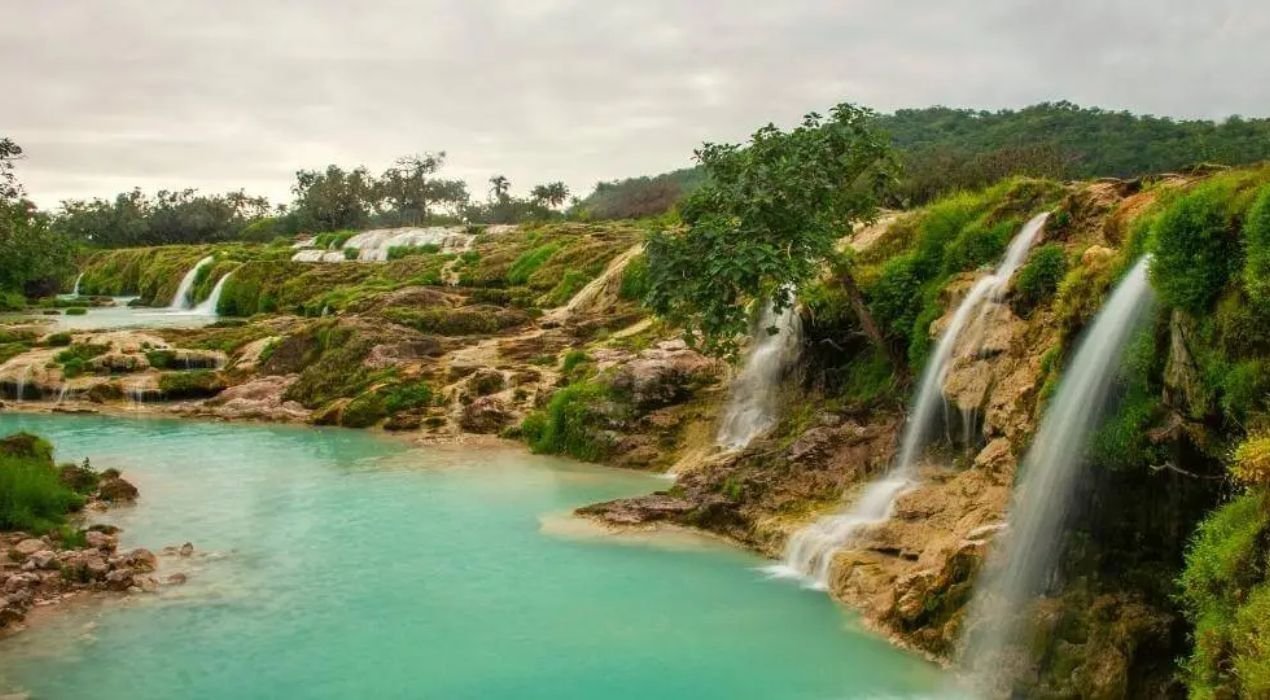Best Time to Visit Salalah Oman: Weather and Activities Guide
Salalah, a hidden gem nestled in the southern region of Oman, offers visitors a unique blend of natural beauty, rich history, and cultural experiences. To make the most of a trip to this enchanting destination, it’s crucial to understand the best time to visit Salalah, Oman. The timing of a visit can significantly impact the overall experience, as the weather and available activities vary throughout the year.
Salalah experiences distinct seasons, each with its own charm and appeal. The best time to visit Salalah, Oman depends on individual preferences and the type of experience one seeks. Whether it’s the lush greenery of the monsoon season or the pleasant warmth of winter, Salalah has something to offer year-round.

Summer Season (April to September)
The summer season in Salalah is characterized by two distinct phases: the pre-monsoon period and the monsoon itself, locally known as the Khareef season.
Pre-monsoon (April to June): During these months, Salalah experiences hot and dry weather. Temperatures can soar, making outdoor activities challenging. However, this period offers a unique opportunity to explore the city’s historical sites and cultural attractions without the crowds that flock during the monsoon season.
Khareef Season (July to September): The Khareef season transforms Salalah into a lush, green paradise. This period is considered by many to be the best time to visit Salalah, Oman. The monsoon brings a welcome respite from the heat, with temperatures dropping and a fine mist enveloping the landscape. The mountains and valleys burst into life, adorned with vibrant vegetation and cascading waterfalls.
During the Khareef, visitors can enjoy:
- Lush green landscapes: The usually arid terrain turns into a verdant wonderland, offering breathtaking views and photo opportunities.
- Waterfalls and wadis: Seasonal waterfalls come to life, and dry riverbeds transform into flowing streams, creating picturesque scenes.
- Salalah Tourism Festival: This annual event coincides with the Khareef season, featuring cultural performances, traditional crafts, and local cuisine.
- Pleasant temperatures: The cooler weather makes it ideal for outdoor activities and exploration.
However, it’s important to note that the Khareef season also brings increased humidity and occasional rainfall. While this creates a unique atmosphere, it may not be suitable for those seeking a typical beach holiday.

Winter Season (October to March)
The winter months in Salalah offer a different but equally appealing experience. This period is characterized by mild temperatures and clear skies, making it another contender for the best time to visit Salalah, Oman.
October to December: As the Khareef season ends, Salalah transitions into a period of pleasant weather. The landscape gradually returns to its desert state, but remnants of the monsoon’s greenery can still be seen. This time is ideal for those who want to enjoy outdoor activities without the crowds of the peak tourist season.
January to March: These months bring cooler temperatures, especially in the evenings. The weather is perfect for exploring Salalah’s beaches, historical sites, and natural attractions. The clear skies offer excellent visibility for stargazing and desert experiences.
Winter activities and attractions include:
- Beach visits: With temperatures ranging from 20°C to 30°C (68°F to 86°F), it’s an excellent time for beach activities and water sports.
- Desert safaris: The cooler weather makes desert exploration more comfortable, allowing visitors to experience the stunning sand dunes and Bedouin culture.
- Frankincense trail: Winter is ideal for exploring the UNESCO World Heritage Sites related to the ancient frankincense trade.
- Birdwatching: Many migratory birds visit during this season, making it a prime time for birdwatchers.
- Dolphin watching: The calm seas of winter increase the chances of spotting dolphins along the coast.

Choosing the Best Time to Visit
When deciding on the best time to visit Salalah, Oman, consider the following factors:
- Weather preferences: If you enjoy lush greenery and don’t mind some humidity, the Khareef season (July to September) might be ideal. For those who prefer drier conditions and milder temperatures, the winter months (October to March) are more suitable.
- Crowd levels: The Khareef season attracts the most visitors, especially from Gulf countries. If you prefer a quieter experience, consider visiting during the shoulder seasons (April to June or October to December).
- Budget considerations: Accommodation prices tend to be higher during the peak Khareef season. Traveling during the shoulder seasons can offer better value for money.
- Specific activities: Some activities, like enjoying the waterfalls, are only possible during the Khareef season. Others, such as desert safaris, are more comfortable during the winter months.
- Cultural events: If experiencing local festivals is a priority, plan your visit around events like the Salalah Tourism Festival during the Khareef season.
Month-by-Month Guide
To help plan the perfect trip, here’s a month-by-month breakdown of what to expect in Salalah:
January:
- Cool temperatures (20°C to 26°C / 68°F to 79°F)
- Ideal for outdoor activities and sightseeing
- Low tourist season, offering better deals on accommodations
February:
- Similar to January, with slightly warming temperatures
- Perfect for beach activities and water sports
- Excellent visibility for stargazing in the desert
March:
- Temperatures begin to rise (23°C to 29°C / 73°F to 84°F)
- Last month of the cooler season before summer heat sets in
- Great for exploring historical sites and museums
April:
- Temperatures continue to increase (26°C to 32°C / 79°F to 90°F)
- Low season for tourism
- Good time for budget-conscious travelers
May:
- Hot temperatures (29°C to 35°C / 84°F to 95°F)
- Very low humidity
- Ideal for indoor activities and early morning or late evening outdoor explorations
June:
- Peak of the hot season (31°C to 37°C / 88°F to 99°F)
- Last month before the Khareef season
- Opportunity to experience Salalah’s pre-monsoon landscape
July:
- Beginning of the Khareef season
- Temperatures start to cool down (25°C to 30°C / 77°F to 86°F)
- Landscape begins to transform with increasing greenery
August:
- Peak of the Khareef season
- Lush green landscapes and flowing waterfalls
- Salalah Tourism Festival in full swing
September:
- Last month of the Khareef season
- Gradually decreasing rainfall and humidity
- Still green but less crowded than August
October:
- Transition month as Khareef ends
- Pleasant temperatures (25°C to 30°C / 77°F to 86°F)
- Good balance of post-monsoon greenery and comfortable weather
November:
- Start of the winter season
- Clear skies and mild temperatures
- Excellent for outdoor activities and sightseeing
December:
- Cool temperatures, especially in the evenings
- Low tourist season
- Ideal for desert experiences and cultural exploration
Tips for Visiting Salalah
Regardless of when you choose to visit Salalah, here are some general tips to enhance your experience:
- Respect local customs: Salalah is a conservative area. Dress modestly, especially when visiting religious sites or local communities.
- Plan ahead for Ramadan: If your visit coincides with Ramadan, be aware that some restaurants and attractions may have limited hours.
- Rent a car: Public transportation is limited in Salalah. Renting a car gives you the freedom to explore at your own pace.
- Stay hydrated: Regardless of the season, the climate can be dehydrating. Always carry water with you.
- Book in advance during peak seasons: If you’re planning to visit during the Khareef season, book accommodations and activities well in advance.
- Bring appropriate clothing: Pack according to the season. Light, breathable clothing for summer, and layers for the cooler winter evenings.
- Try local cuisine: Salalah offers unique Dhofari dishes. Don’t miss the opportunity to taste local specialties.
- Learn basic Arabic phrases: While English is widely spoken in tourist areas, knowing a few Arabic phrases can enhance your interactions with locals.
In conclusion, the best time to visit Salalah, Oman, depends on personal preferences and the type of experience desired. The Khareef season offers a unique opportunity to witness the transformation of a desert landscape into a green oasis, while the winter months provide ideal conditions for a wide range of outdoor activities. By considering the weather patterns, crowd levels, and available activities, visitors can plan a trip that aligns perfectly with their interests and expectations. Whether it’s the misty mountains of the monsoon or the clear skies of winter, Salalah promises a memorable experience at any time of the year.
Let’s discover
Salalah Excursions with Salalah Safari Tours
FAQs
What is the ideal month to visit Salalah?
The optimal time to visit Salalah is during the Khareef season, from June to September. This period sees Salalah turn lush and green, offering cooler temperatures, making it an ideal retreat from the heat of summer. The weather is particularly pleasant and welcoming for tourists.
How long should I plan to stay in Salalah to fully enjoy it?
To thoroughly enjoy all that Salalah has to offer, including its natural beauty, historical landmarks, and cultural sites, a stay of three to five days is recommended.
When does Salalah experience rainfall?
Salalah receives rainfall during the Khareef season, which typically lasts from late June to early September. The rains start around late June, peak during July and August, and gradually diminish by early September.
Which month features the best weather in Oman?
The best weather in Oman can be experienced from October to April, with temperatures ranging from 17°C to 35°C. These months provide warm weather that is not excessively hot, making it a pleasant time for a visit.
When is it advisable for Europeans and Arabians to visit Salalah?
For European visitors, the recommended period to visit Salalah is from October to March, to escape the cold winters of Europe. For visitors from Arabian regions, July to September is ideal, coinciding with the lush, cooler climate of the Khareef season. Always check current weather conditions before planning your trip for the best experience






